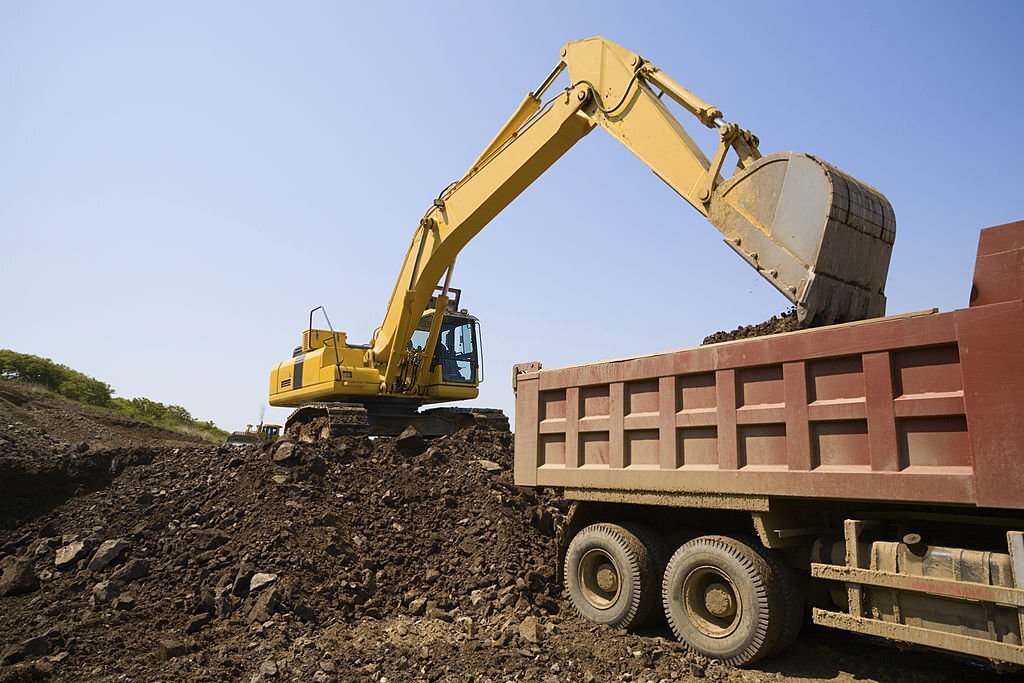
Operating excavators in construction projects requires the utmost attention to safety. These powerful machines demand strict adherence to safety precautions to prevent accidents, protect workers, and ensure a secure working environment. This article provides an in-depth understanding of the safety precautions necessary when operating excavators. From operator training and equipment inspection to site preparation and communication, implementing these precautions can significantly reduce risks and create a safer construction environment.
Operator Training and Certification :
Proper operator training and certification are crucial for safe excavator operation. Consider the following aspects:
- Operator Certification: Operators should receive formal training and obtain the necessary certification to operate excavators. Training programs cover equipment operation, safety protocols, and understanding hydraulic controls. Certification ensures operators have the knowledge and skills to handle excavators effectively.
- Familiarization with Equipment: Operators must be familiar with the specific excavator model they will operate. This includes understanding control systems, safety features, and limitations of the machine. Regular refresher training sessions should be conducted to reinforce best practices.
Equipment Inspection and Maintenance :
Thorough equipment inspection and regular maintenance are essential for safe excavator operation. Key points to consider include:
- Pre-Operation Inspection: Before starting the excavator, operators should perform a comprehensive pre-operation inspection. This includes checking fluid levels, inspecting hydraulic hoses and connections, examining tracks or wheels, and ensuring all safety features are functional.
- Routine Maintenance: Regular maintenance and servicing of the excavator should be conducted as per the manufacturer’s recommendations. This includes checking and replacing filters, lubricating moving parts, inspecting electrical systems, and addressing any equipment issues promptly.
Site Preparation and Hazard Identification :
Proper site preparation and hazard identification are critical for safe excavator operation. Consider the following steps:
- Clear Work Area: Before operating the excavator, ensure the work area is clear of obstacles, debris, or any potential hazards. Remove or mark underground utilities to avoid accidental damage.
- Ground Stability: Assess the ground stability to ensure it can support the weight of the excavator. Identify potential soft spots, uneven terrain, or areas prone to collapsing and take necessary precautions.
- Hazard Identification: Conduct a thorough assessment of the site to identify potential hazards such as overhead power lines, underground utilities, or hazardous materials. Take appropriate measures to eliminate or minimize these risks.
Communication and Signaling :
Clear communication and effective signaling are essential for safe excavator operation and coordination on construction sites. Consider the following guidelines:
- Communication Protocols: Establish clear communication protocols among operators, workers on the ground, and site supervisors. This includes using radios or hand signals for effective communication and ensuring everyone understands the designated signals.
- Spotter and Ground Workers: Assign a spotter to assist the excavator operator by providing guidance and maintaining visual contact with the surrounding area. Groundworkers should remain vigilant, keeping a safe distance from the operating excavator.
- Communication with Other Equipment Operators: When multiple pieces of equipment are in use on the site, ensure proper communication and coordination between operators to avoid collisions or conflicts.
Conclusion:
Operating excavators safely in construction projects requires strict adherence to essential safety precautions. From operator training and certification to equipment inspection, site preparation, and effective communication, every step plays a crucial role in preventing accidents and creating a secure working environment.
By following these safety precautions, construction professionals can minimize risks, protect workers, and ensure the smooth and safe operation of excavators. A well-trained and certified operator, along with proper equipment inspection and maintenance, establishes a solid foundation for safe excavator operation. Site preparation, hazard identification, and effective communication protocols further enhance safety on construction sites.
Remember, prioritizing safety in excavator operations not only safeguards personnel but also helps to avoid costly delays, equipment damage, and potential legal implications. Implementing these safety precautions fosters a culture of safety, ensuring the successful completion of construction projects while protecting the well-being of everyone involved.

